
People who spend time in hospitals may fall due to different reasons, risking having their time of hospitalization increased because of the injuries sustained. Also, these situations may easily result in death, morbidity or mortality. All these risks have been assessed throughout history. However, when it comes to pediatric falls, the situation is different since not many surveys have encompassed this area.
Regardless, patients in pediatric hospital environments deserve equal amounts of protection and care during their stay. Bearing in mind that staying in a hospital is a process different from staying at your own home, many accidents may occur beyond expectation. Thus, the health care providers need to make sure that their pediatric patients are completely safe.
About Pediatric Falls
Any fall is described as an unplanned descent to the floor with or without assistance, according to the |American Nurses Association.
A survey was carried out in order to obtain more information on the subject of children falling in hospitals. However, only 29 hospitals, presenting about 69% of all involved in the survey answered, their responses varying in definition, classification and measurements used for establishing the rates of pediatric falls and injuries. Nevertheless, most hospitals provided ideas and measurements applied and necessary to be introduced within hospital systems, preventing many cases of pediatric falls.
Fall Rates
A study carried out by the General Risk of Assessment for Pediatric Impatient Falls in 2004 found out that about 1/3 of all falls of this type happen due to an accident. These accidents usually involve certain environmental factors which are held to be responsible for these occurrences.
The additional 6% of cases, when it comes to pediatric falls, take place due to missed unpredictable physiologic factors such as disorders which were not timely diagnosed, such as epilepsy, for example, along with some other forms of underlying conditions which were not detected earlier, including low blood pressure and similar conditions.
Furthermore 61% of all pediatric falls happen because of the normal growth and development patterns of the young patients.
Some other reports came up with information that 63% of all pediatric falls involve the male sex, making these falls more common in men than in women. However, this data varies since other sources report different situations, claiming that in some hospitals female children were more prone to pediatric falls than male were. Yet, some factors behind these falls are certain and present for all. Slipping on a wet surface or tripping over an object seem to be the most common scenarios behind these injuries and accidents.
As far as general fall rates in hospitals over the course of 1,000 days is concerned, only 26% of all hospitals report such data publicly, with just a single hospital involved in the survey said that it reports its fall rates to some other hospitals.
Furthermore, 26 hospitals admitted using programs for fall risk assessment, standing for 89.7% of cases. But, we need to keep in mind that in 81% of these cases, the programs were created independently, within the hospitals which use them. Thus, only about 22% of all these programs are actually considered to be officially valid.
Prevention Strategies
In order to pay more attention to the occurrences of pediatric falls in hospitals and prevent these from even taking place, many changes need to be made in the current state of affairs.
First of all, a complete fall risk scan needs to be conducted, being re-done in cases of any changes in the states of both patients and facilities.
Secondly, patients prone to falling need to be labeled with symbols, stickers or some other forms which allow health experts and other people to pay more attention to them.
Thirdly, various safety measures and regulations need to be put to action, including introducing the child and the parents to the hospital environment, especially the bed and the assistive devices, monitoring the floors and other risky surfaces in hospitals via proper surveillance systems and providing proper assistance in cases of any falls at all times.
Additionally, phones and other such devices need to be installed or placed within reach of children and seats, cribs, high chairs and protective devices must be properly mounted and appropriately used. Furthermore, all areas within a hospital need to be clearly visible and properly exposed to light, being easily to access, without being forced to pass through cluttered areas or places with any forms of obstacles.
A standard plan for these changes needs to be made, allowing enough space for individual hospitals to personalize it according to their needs and the needs of the patients. Also, the patients have to wear footwear which is not slippery, being provided with assistance once they are visiting the bathroom if necessary.
The patients need to be observed and kept safe at all times, even if this requires the door to their rooms to be constantly open or caregivers to spend time with the children throughout their stay in the hospital.
Naturally, more ideas for changes exist, possibly preventing falls in the future significantly. So, pediatric falls are any descends to the floor taking place accidentally within medical facilities. The frequency of these occurrences needs to be further assessed and analyzed and measures need to be taken for them to be timely prevented.



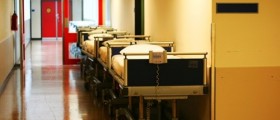
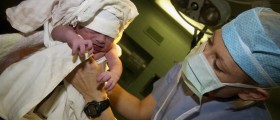

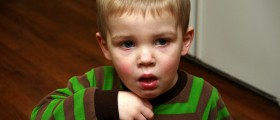
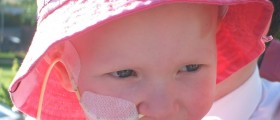


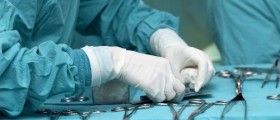





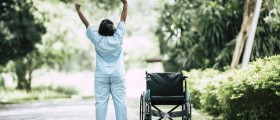
Your thoughts on this
Loading...